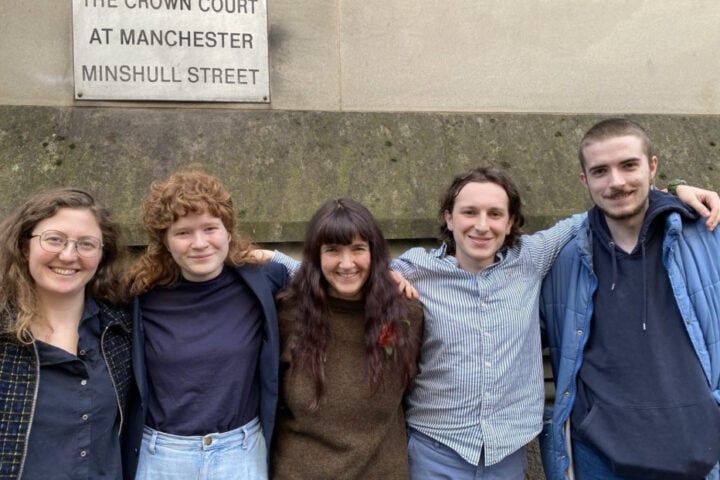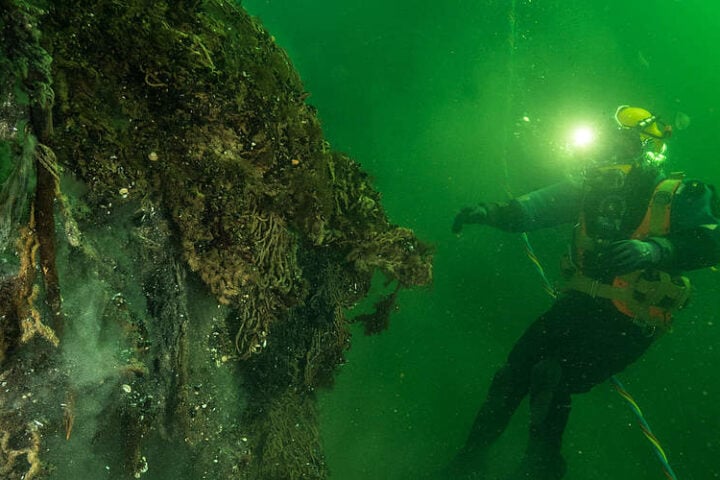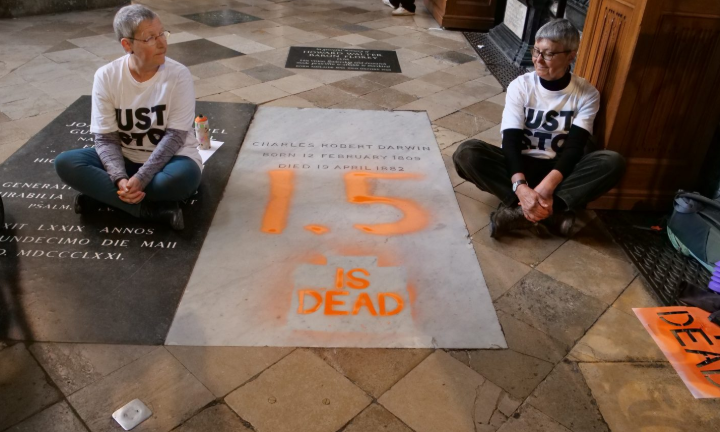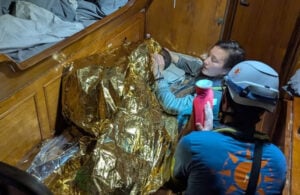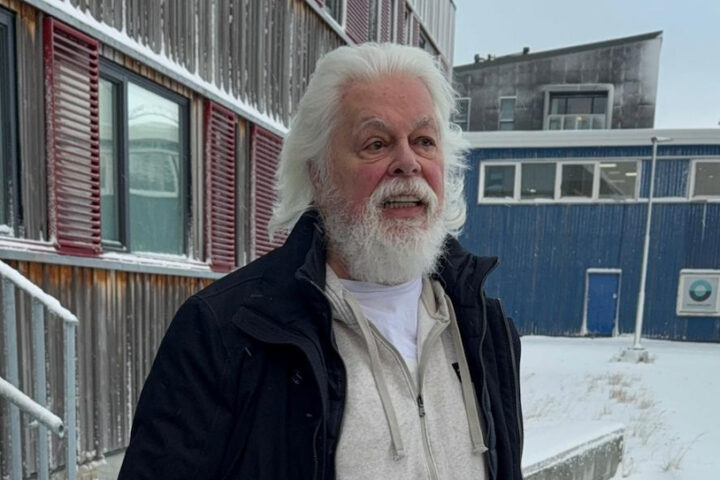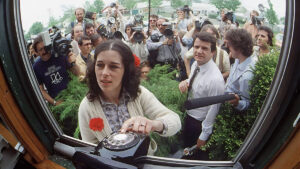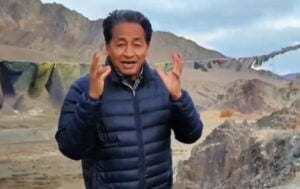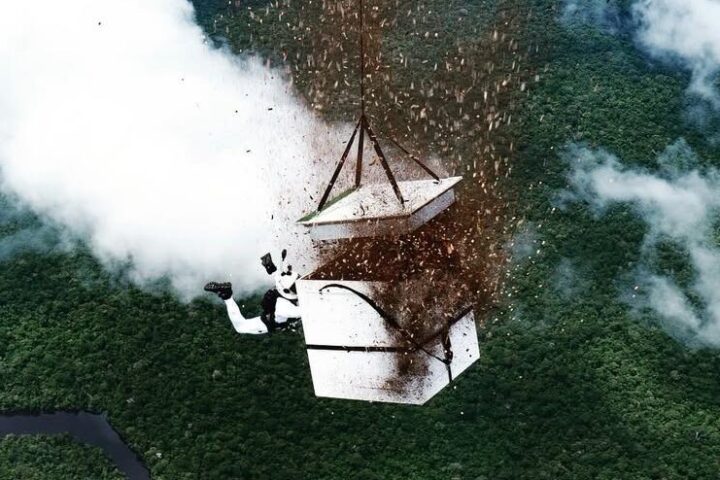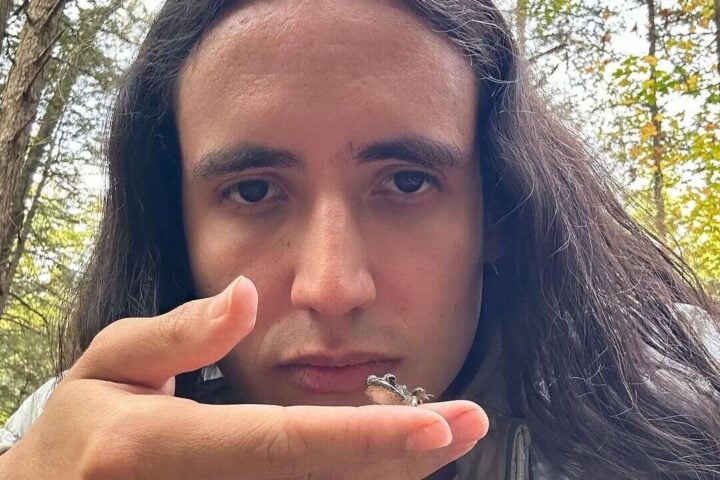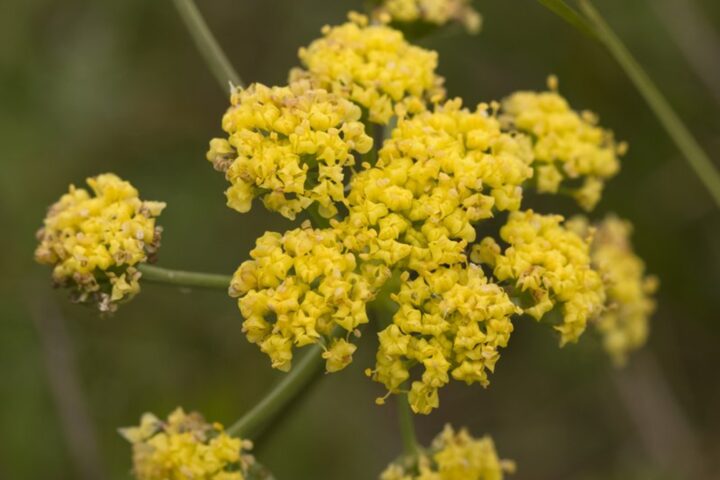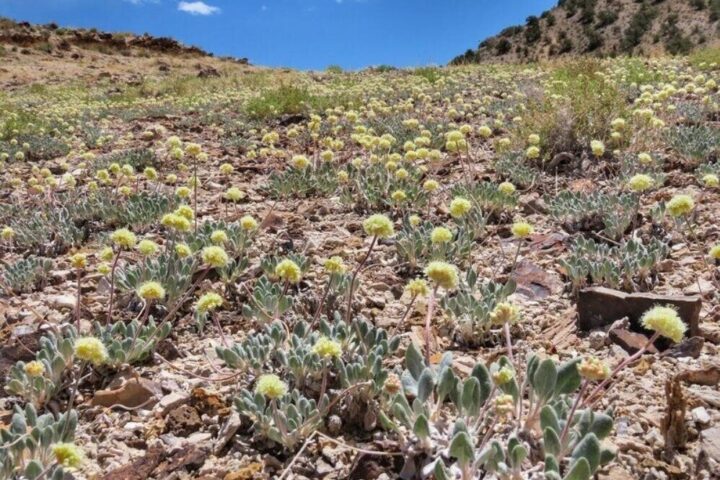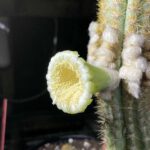Picture this: It’s 2002 in Kenya’s Nyeri County, and a seven-year-old Elizabeth Wathuti is getting her hands dirty, planting her first tree. Born in 1995, she didn’t just watch her homeland’s forests disappear – she decided to do something about it. Fast forward to 2016, and this environmental warrior, fresh from her Environmental Studies program at Kenyatta University, launches the Green Generation Initiative (GGI) with scientific precision and passionate determination.
The numbers tell a powerful story of grassroots revolution: 30,000 tree seedlings reaching toward the sky, 308 schools transformed into environmental havens, and 205,700 people directly engaged in the fight for our planet’s future. But this isn’t just about numbers – GGI’s food forests are living laboratories of hope, where indigenous trees dance with food crops in a beautiful demonstration of agroforestry principles.
In the field, GGI’s teams are tracking everything from soil organic carbon content to watershed health parameters. They’re deploying systematic approaches to ecosystem restoration, implementing water harvesting systems, and monitoring biodiversity with scientific rigor. Each school-based eco corner serves as a data collection point, where students become citizen scientists, measuring tree growth rates and documenting the return of native species.
As the youngest Commissioner on the Nairobi Rivers Commission, Wathuti brings hard science to policy-making. Through the Wangari Maathai Foundation’s Young African Climate Leaders Hub, she’s pushing for standardized carbon sequestration measurements in urban forestry – because you can’t manage what you don’t measure.
The “Adopt a Tree Campaign” is next-level conservation science in action, with GPS tracking of every planted tree and detailed monitoring of survival rates. Their “Open Hearts for Nature” program is building a crucial database of climate crisis impacts in frontline communities, turning local experiences into actionable data.
Sure, there are challenges – limited baseline data for carbon sequestration impact assessment, gaps in long-term ecosystem monitoring – but GGI’s technical team is tackling these head-on. They’re scaling up with remote sensing technology for forest cover analysis and establishing permanent sampling plots for biodiversity assessment.
More Stories
The initiative’s school program is a marvel of systematic environmental education. Each participating school maintains detailed records, tracking both fruit yields and tree growth metrics. The food forests program is a testament to the power of indigenous knowledge combined with scientific methodology, measuring everything from soil erosion rates to improvements in community nutritional status.
At COP26 in Glasgow, Wathuti stood alongside fellow climate warriors Vanessa Nakate and First Minister Nicola Sturgeon, bringing technical perspectives on loss and damage that couldn’t be ignored. Her environmental blog, recognized by BAKE in 2018, serves as a vital repository of forest cover data and technical resources.
Today, GGI’s work includes a sophisticated database where each planted seedling has its own unique identifier – think of it as a passport for trees. Their food forests are living proof that we can maximize both carbon sequestration and food production, with multi-layered canopies that honor indigenous wisdom while embracing scientific precision.
Through it all, Wathuti remains connected to those Nyeri forests where her journey began. Her work shows us that environmental activism doesn’t have to choose between scientific rigor and community engagement – it can, and must, have both. As our planet faces intensifying climate challenges, this fusion of data-driven methodology and grassroots action lights the way forward for effective environmental conservation.





